In this activity, we're going to be looking at electric current and voltage. Lots of the things around us require an electric current to work, so it's good to have an understanding of what it is and how it works.
Current is the rate of flow of charge flowing around a circuit. The current carries energy to the components of the circuit - that is why light bulbs in your circuits light up.
There are two devices shown below that can be used to measure electric current in a circuit.
The analogue ammeter measures electric current in amps. We can also use digital ammeters or multimeters to measure current in a similar way.
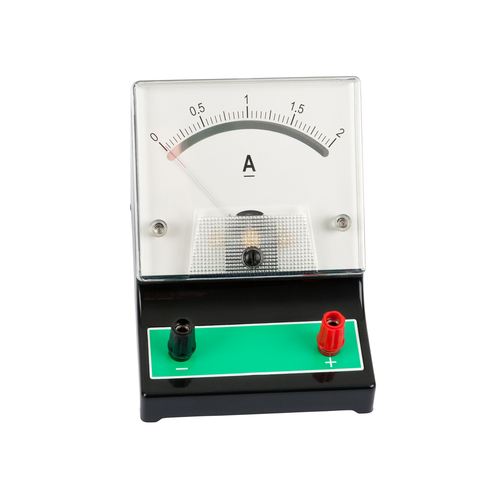 |
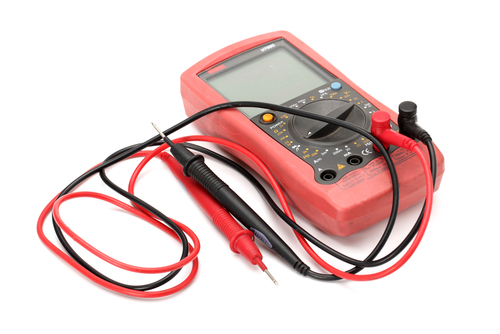 |
| Analogue Ammeter | Digital Multimeter |
An ammeter is connected in a circuit in series, it is represented by the symbol A. This means it is part of the circuit loop (see diagram). The position of the ammeter does not really matter because the current is the same anywhere in the circuit. Current is not used up as it goes around the circuit.
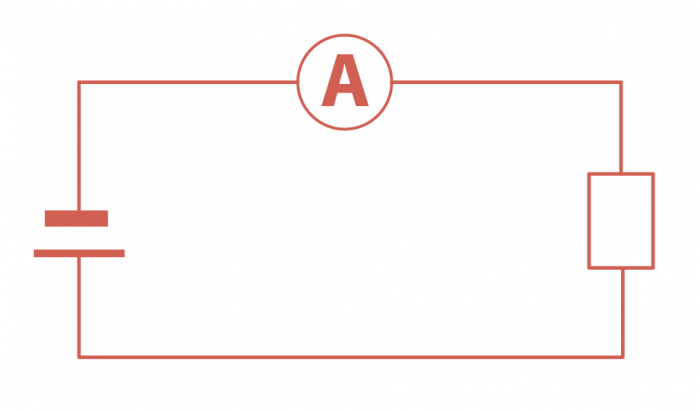
Current in a circuit can be changed by changing the circuit components. For example, if a circuit has one bulb and the current is 0.3 A, it will drop if we add another bulb. Light bulbs have very small wires in them called filaments (see the orange wire in the bulb picture).
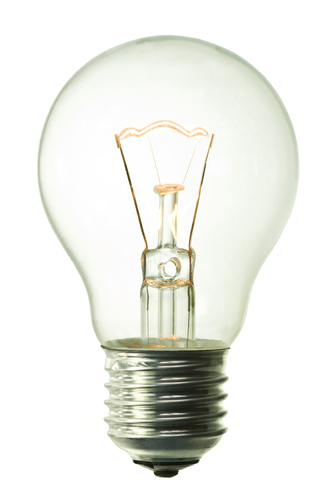
Filaments make it very hard for the current to flow, so adding another one makes it even harder. We say that filaments carry resistance, which makes it harder for current to go through them. Resistance is measured in Ohms (Ω). The formula used to calculate resistance is:
resistance = potential difference ÷ current
Potential difference is the measurement of how much energy is transferred by electricity. It is measured in volts (V) with a device called a voltmeter. A voltmeter looks like an ammeter but it measures voltage. Voltmeters are always connected in a circuit in parallel to a component (see example in the diagram - the voltmeter, shown as V, is connected in parallel to the light bulb).
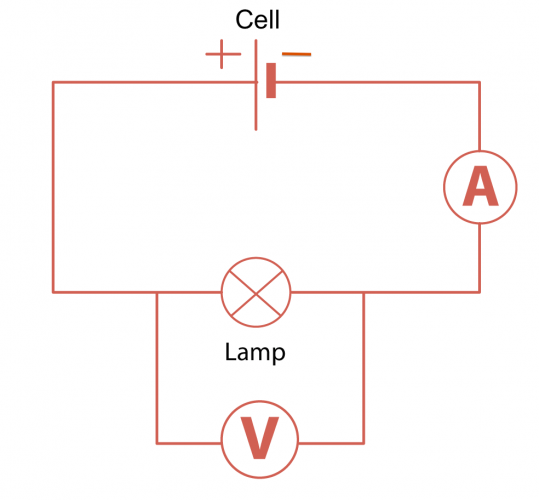
Cells have a voltage marked on them. The bigger the voltage, the more energy the cell provides. Chemicals inside cells provide the voltage.
That's a lot to remember but you can look back at this page at any point by clicking on the red help button on the screen.








